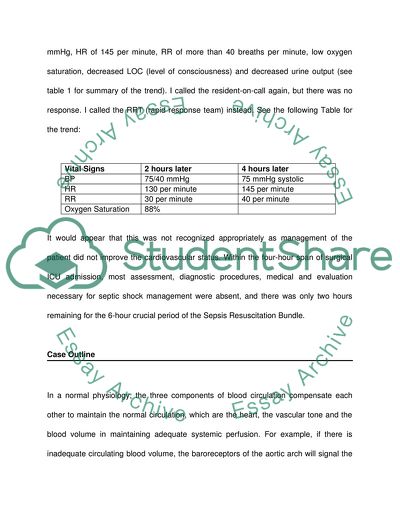Cite this document
(“Septic Shock Dissertation Example | Topics and Well Written Essays - 2500 words - 1”, n.d.)
Septic Shock Dissertation Example | Topics and Well Written Essays - 2500 words - 1. Retrieved from https://studentshare.org/health-sciences-medicine/1749820-septic-shock
Septic Shock Dissertation Example | Topics and Well Written Essays - 2500 words - 1. Retrieved from https://studentshare.org/health-sciences-medicine/1749820-septic-shock
(Septic Shock Dissertation Example | Topics and Well Written Essays - 2500 Words - 1)
Septic Shock Dissertation Example | Topics and Well Written Essays - 2500 Words - 1. https://studentshare.org/health-sciences-medicine/1749820-septic-shock.
Septic Shock Dissertation Example | Topics and Well Written Essays - 2500 Words - 1. https://studentshare.org/health-sciences-medicine/1749820-septic-shock.
“Septic Shock Dissertation Example | Topics and Well Written Essays - 2500 Words - 1”, n.d. https://studentshare.org/health-sciences-medicine/1749820-septic-shock.


